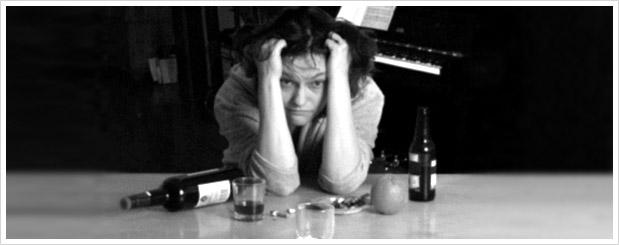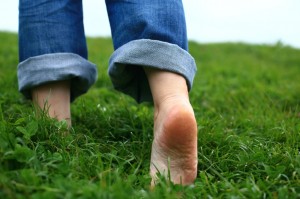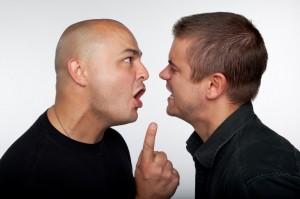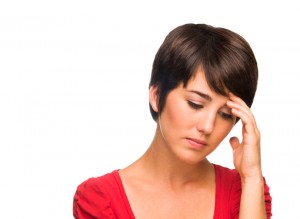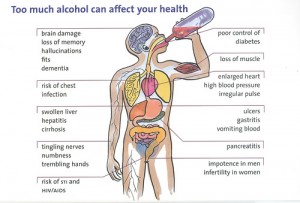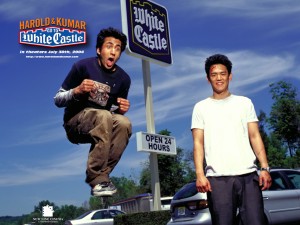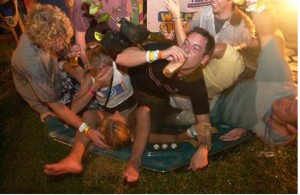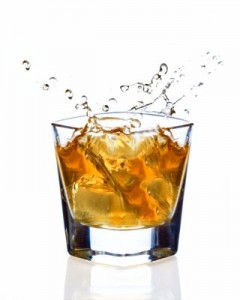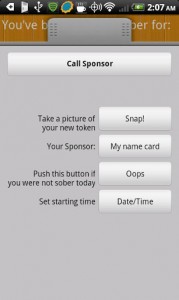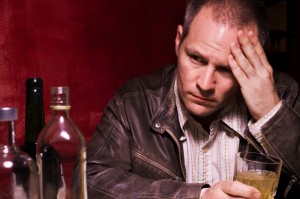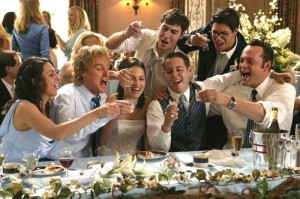5 Signs You May Need Rehab
Most of the time when people are drinking too much, they don’t ask themselves tough questions. They believe that they have fooled everyone around them into thinking that their drinking is under control. Usually, however, the only person they are fooling is themselves. Those occasional twinges of guilt or introspection can easily be drowned by having a few more drinks, so the drinker is often the last to admit that he or she really has a problem. If you are having one of those moments where you think you might have a problem, these 5 signs you may need rehab could help.
5 Signs You May Need Rehab: Your drinking is causing problems
One of the first signs you may need rehab is when your drinking starts causing problems in your life. If you are having problems in your relationships, legal problems, financial difficulties, or other issues due to drinking, and you still continue to drink, you may need rehab.
5 Signs You May Need Rehab: You make promises to yourself or others about your drinking that you can’t keep.
A major sign you may need rehab is making promises to yourself or others about your drinking that you later break. You may promise yourself that you won’t ever get that drunk again or you will no longer drink and drive. You tell your family that you will cut down on your drinking or quit. You may even really mean it when you make these promises. But inevitably, you end up right back where you swore you’d never be (i.e. drunk behind the wheel or suffering from a major hangover).
5 Signs You May Need Rehab: You lie about drinking or hide the evidence
This sign you may need rehab is somewhat related to the previous one. You make promises about your drinking, you don’t keep them, and then you lie about it. Or maybe you haven’t made any promises, but you feel like you need to consume how much or how often you drink. On some level, you know that others will not approve of what you are doing.
5 Signs You May Need Rehab: You drink or use drugs in the morning to cure a hangover or deal with the “shakes.”
One of the biggest signs that you need rehab is using alcohol or drugs to cope with a hangover. Hangovers and shaking hands are symptoms of acute withdrawal from alcohol, and it means your body has become dependent on alcohol.
5 Signs You May Need Rehab: You avoid social situations that do not involve alcohol.
Many problem drinkers are unable to enjoy themselves without drinking. They will avoid any activity that doesn’t involve alcohol, or they will drink even though it is inappropriate in a certain social situation. Sometimes unconsciously, problem drinkers seek out other people who drink like they do so they can justify how much they are drinking. Isolation is also a common behavior among problem drinkers. If you notice this behavior in yourself, you may need rehab.

